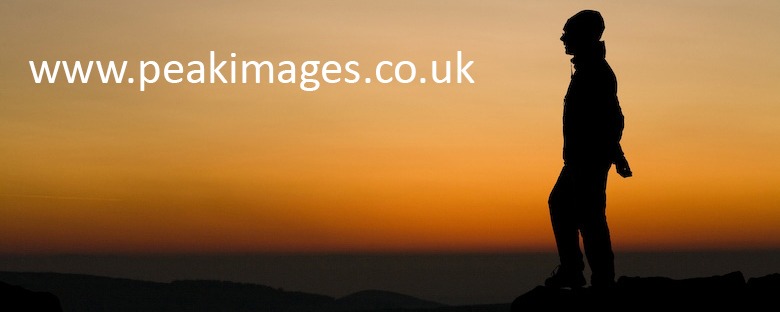What we ideally want is a high quality, high-ISO capable, fast-focussing, fast-reacting camera. It also needs a large sensor (helps with nearly all the above!) and a good range of quality lenses.
But when you’re out on the mountain, struggling to place that hex in the crack that’s just a finger’s width higher than you can really reach, or contemplating how much faffing it takes your mate on the route next to you to reach the shot you want an image of… While you’re freezing in the snowy spindrift with icy “pebbles” raining down from above, or even on a multiday trek – perhaps walking Los Tres Miles in the Spanish Sierra Nevada, mountainbiking across the Cairngorms, or sea-kayaking round the coast of New Zealand – the fact that such camera design generally only comes in a large and heavy weight set of packages. Not ideal at all when every gram of weight and cubic centimetre of space really counts.
So why not take a smaller camera? Well, lots of reasons really.
First off lets start with the smallest – the one on your phone. OK, that’s just plain daft in a professional context – a sensor smaller than your fingernail and a lens no bigger really can’t do professional justice to the images you’d want to get.
Next a compact camera. Hmm, nice idea – solves the weight and space issue perfectly. And been there and tried that. The Canon G series actually isn’t a bad choice on that, and it’s great for underwater photography (another topic entirely!) but having used the G9 in anger, it still suffers from the main flaw of all compact cameras – depth of field. Or strictly speaking, lack of it… And that’s important for being able to blur out the background, which is rather useful when you want to concentrate the viewer’s attention on your mate jumping the rock rather than the scruffy background behind them. About the only time when you can get really nicely limited depth of field on most compact cameras (all? I’ve yet to come across any that it’s easy to do that on!) is when using the macro settting – but that’s not a lot of use when your mate’s descending that gravelly singletrack at high speed towards you!
So perhaps that big and heavy (not to mention expensive and relatively delicate) dSLR wins after all… But when it’s weighing you down so that you’re struggling to keep up with your mates with much lighter loads, are you actually getting the chance to get the shots you want? And if it means that you resent the way it’s weight slows you down so much compared to said mates, and you start to consider whether you can stow it in a fitter mate’s sac until you need it 😉 , then it’s clearly far from ideal too.
Keep following this series of posts – I’ve got a few ideas as to which cameras might just possibly be getting close enough to that holy grail of camera design to consider using in anger on extended or strenuous outdoor adventures. And am testing one option that’s although possibly not perfect, is showing great promise right now: the very roughly processed shot of poppy fields in Derbyshire above was taken on it earlier today. (Don’t worry – it’ll get a far more serious test very soon!)
